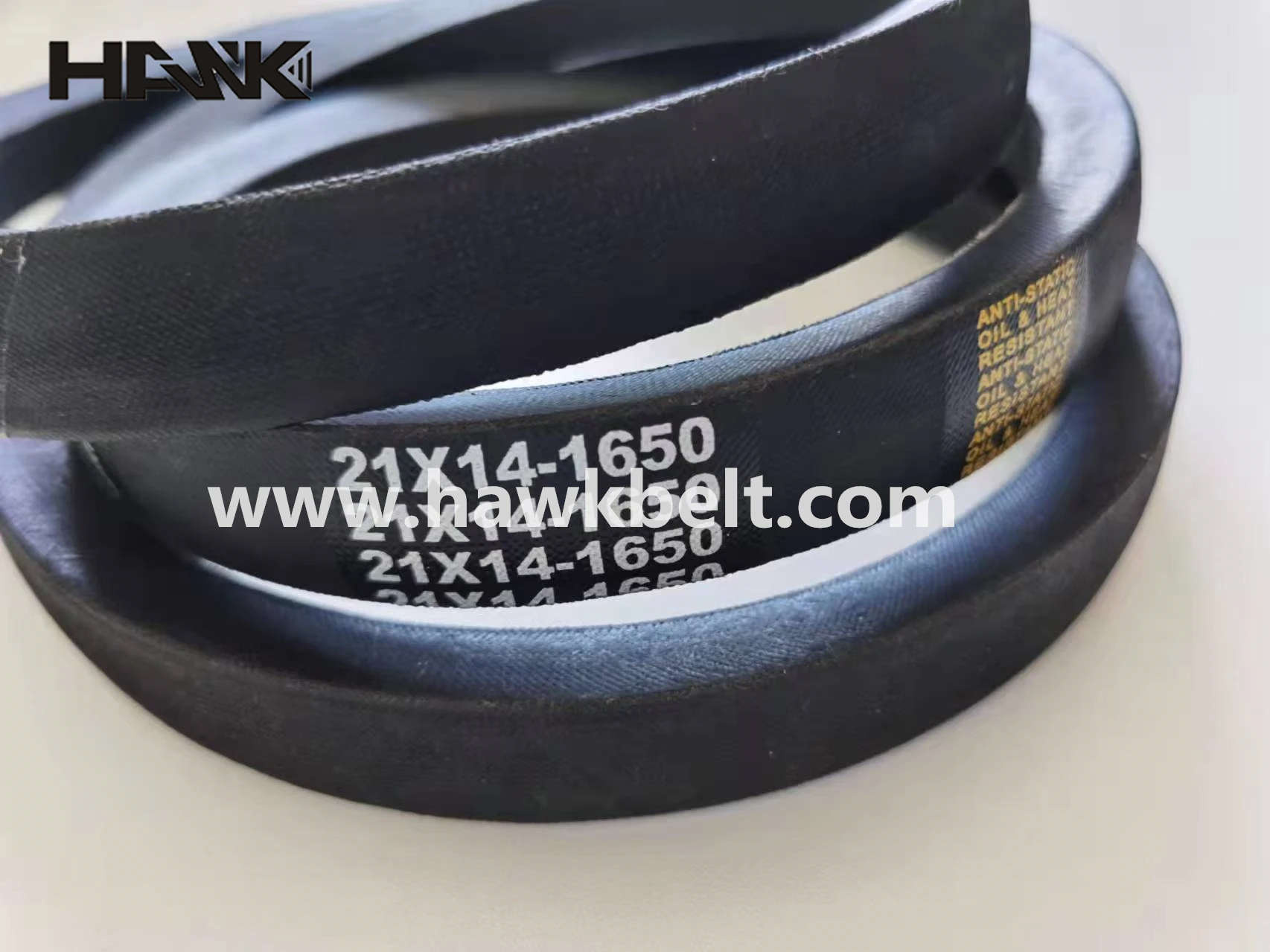- Arabic
- French
- Russian
- Spanish
- Portuguese
- Turkish
- Armenian
- English
- Albanian
- Amharic
- Azerbaijani
- Basque
- Belarusian
- Bengali
- Bosnian
- Bulgarian
- Catalan
- Cebuano
- Corsican
- Croatian
- Czech
- Danish
- Dutch
- Afrikaans
- Esperanto
- Estonian
- Finnish
- Frisian
- Galician
- Georgian
- German
- Greek
- Gujarati
- Haitian Creole
- hausa
- hawaiian
- Hebrew
- Hindi
- Miao
- Hungarian
- Icelandic
- igbo
- Indonesian
- irish
- Italian
- Japanese
- Javanese
- Kannada
- kazakh
- Khmer
- Rwandese
- Korean
- Kurdish
- Kyrgyz
- Lao
- Latin
- Latvian
- Lithuanian
- Luxembourgish
- Macedonian
- Malgashi
- Malay
- Malayalam
- Maltese
- Maori
- Marathi
- Mongolian
- Myanmar
- Nepali
- Norwegian
- Norwegian
- Occitan
- Pashto
- Persian
- Polish
- Punjabi
- Romanian
- Samoan
- Scottish Gaelic
- Serbian
- Sesotho
- Shona
- Sindhi
- Sinhala
- Slovak
- Slovenian
- Somali
- Sundanese
- Swahili
- Swedish
- Tagalog
- Tajik
- Tamil
- Tatar
- Telugu
- Thai
- Turkmen
- Ukrainian
- Urdu
- Uighur
- Uzbek
- Vietnamese
- Welsh
- Bantu
- Yiddish
- Yoruba
- Zulu
Dec . 11, 2024 10:45 Back to list
Optimizing Small Timing Belt Performance for Improved Engine Efficiency and Longevity
Understanding the Importance of Small Timing Belts in Engine Functionality
In the intricate world of automotive engineering, timing belts play a crucial yet often underappreciated role in ensuring the smooth operation of an engine. Among the various types of timing belts, small timing belts are particularly vital. These compact components are essential for synchronizing the movement of the engine's camshaft and crankshaft, thus allowing for the precise timing of the engine's intake and exhaust valves. Understanding the significance of small timing belts can shed light on their impact on overall engine performance and reliability.
What is a Timing Belt?
A timing belt is a toothed, rubber belt that connects the crankshaft to the camshaft in an internal combustion engine. The belt works by rotating around pulleys, ensuring that the engine's valves open and close at the right moments during the combustion cycle. In smaller engines, such as those found in compact cars or motorcycles, small timing belts are used to maintain this essential synchronization, often in a more confined space. These small belts are engineered to withstand high levels of stress and temperature while effectively transmitting power.
The Advantages of Small Timing Belts
One of the primary advantages of small timing belts is their lightweight design
. This reduction in weight can contribute to better fuel efficiency and improved engine performance. Additionally, small timing belts are usually made from high-quality materials that resist wear and tear, extending their lifespan and reducing the frequency of replacements. Moreover, their compact size allows them to be used in situations where space is limited, enabling manufacturers to design smaller and more efficient engines.small timing belt

Another critical benefit of small timing belts is their ability to reduce noise. Rubber materials used in the belts help dampen vibrations, leading to a quieter operation compared to chain alternatives. This noise reduction is especially important for vehicles that prioritize a serene cabin experience.
Maintenance and Replacement
Although small timing belts are built to last, they are not impervious to wear. Regular maintenance is essential to prevent potential engine failures. Typically, manufacturers will recommend inspecting and replacing the timing belt at specific intervals, often between 60,000 to 100,000 miles, depending on the engine type and driving conditions.
Neglecting the timing belt can lead to catastrophic engine damage. If a timing belt breaks, the camshaft and crankshaft can become misaligned, resulting in interference between the pistons and valves. This scenario can result in expensive repairs and significant downtime for the vehicle.
Conclusion
In conclusion, small timing belts are indispensable components of many internal combustion engines. Their ability to synchronize various moving parts contributes significantly to engine efficiency, performance, and longevity. Understanding their function and the importance of timely maintenance can save vehicle owners from costly repairs and maximize their vehicle's lifespan. As automotive technology continues to evolve, the significance of small timing belts will likely remain, underscoring their role in the future of engine design and functionality. Whether you are an automotive enthusiast or a casual driver, recognizing the value of these small components is crucial to appreciating the complexity and ingenuity of modern engines.
-
Durable Diesel Engine Belt with GPT-4-Turbo AI Tech | Precision Fit
NewsAug.04,2025
-
High-Quality Tensioner Belt Pulley - Durable & Efficient
NewsAug.03,2025
-
Premium Timing Belt Factory | AI-Optimized Solutions
NewsAug.02,2025
-
Premium Custom V Belts Enhanced with GPT-4 Turbo AI
NewsAug.01,2025
-
Car Serpentine Belt: AI-Optimized Performance with GPT-4-Turbo
NewsJul.31,2025
-
Heat Joining Drive Belt | High-Durability Fusion Solution
NewsJul.31,2025

